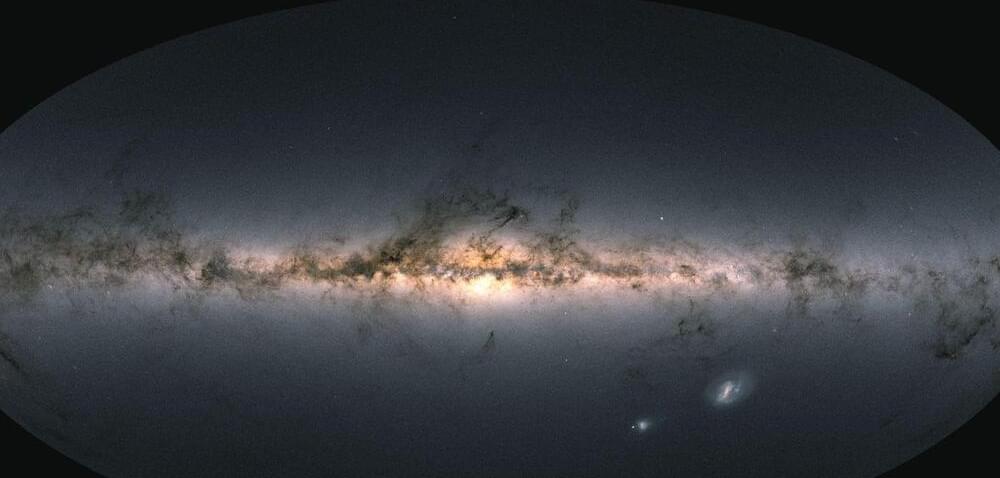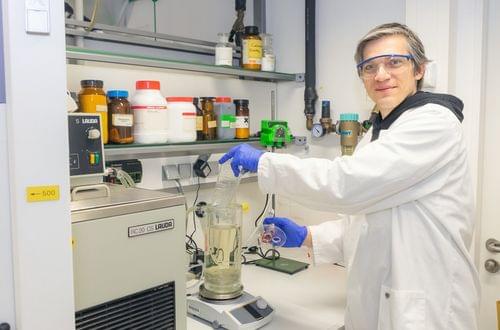Organic farmers are returning to an unusual tool in the fight against weeds — fire. Called ‘flame weeding’ the process involves either using a small, handheld flamethrower, or installing a pretty hardcore row of flamethrowers onto the front of a tractor and slowly driving through fields of crops singeing the weeds in between the rows.
Flame Engineering, Inc. specializes in developing and selling flame weeding equipment and says the technique is rooted in science. The company’s website explains that the technique is not about blasting the weeds to kingdom come, but rather about focusing on destroying cell structure.
“Flame weeding is what we like to call a ‘slow kill.’ Essentially, you are destroying cell structure in the plant leaf. The weed will no longer put energy toward growth (photosynthesis) taking the kill through the root system. YES, flame weeding will kill the roots too! Even on big weeds (over 6″), you will see a stunning effect and even a kill within a few days, depending on how established the root system is and how long the plant was exposed to heat.”








